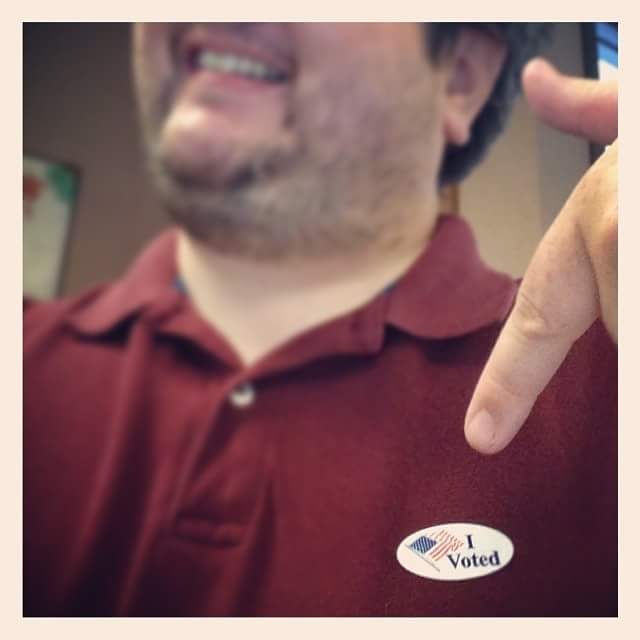In just over 24 hours, the grueling 17-month-long election cycle will grind to a merciful halt. Even after weeks and weeks of ceaseless discussions, debates and squabbles, there are still some issues that haven’t been analyzed to death. One of those issues is the ballot selfie.
For those needing an explanation, the ballot selfie is where a voter takes a self-portrait with his or her ballot primarily to show who he or she voted for. In years past, it generally wasn’t an issue because people generally don’t take standalone cameras with them into the voting booth, much less wait for the photos to be developed and then converted into a format that can easily be broadcast to others. It became more of an issue in the past decade as nearly everyone now has a camera on their smartphones and can share anything with the tap of a screen.
States have conflicting laws about whether these self-portraits are permitted. USA Today publshed a breakdown, showing about two-fifths allow them, while two-fifths ban them and the rest is a muddle. For example, California law doesn’t currently allow them (despite a last-minute appeal by the ACLU), but a law overturning the ban will go into effect next year. Conversely, Utah allows selfies.
When I first heard about the issue about two years ago, I was generally opposed to allowing such photos. I theorized that the photos could provide proof in any sort of vote-buying arrangment. Such a thing could undermine the integrity of a secret ballot.
At the same time, that’s merely a theory. At least one federal court has ruled that it’s not a compelling reason to abridge a person’s First Amendment rights to express themselves in this manner. That makes sense — under strict scrutiny, a government needs to be able to show a compelling reason for a narrowly tailored law that abridges a constitutional right (and that the proposed law is the least restrictive means to accomplish this compelling purpose). That said, I’m not a lawyer and I’m not 100 percent certain that strict scrutiny is the standard here.
In any case, my concern about any hypothetical vote buying diminished when I thought about some of the practices around voting. Of note, if a voter incorrectly marks a ballot, I know some states allow the voter to return the mismarked ballot and ask for a clean one.
So, it’s possible for voters to take a photo of a ballot marked one way and then to ask for a clean ballot and cast their votes as originally intended. Given that possibility, it would be a pretty inefficient and unreliable way to manipulate the system. (Note: there may be ways around that, perhaps by checking the ballot receipt.)
Theoretically, someone could take a photo of a blank ballot prior to filling it out and subsequently use Photoshop or a basic redeye tool and virtually mark the ballot as they see fit.
With those potential safeguards, I reached a measure of peace about the ballot selfie. Ideally, people use these photos to show they are engaged in civic participation, something we generally need more of in this nation.
Then again, there’s the old adage: “Better to remain silent and be thought a fool than to speak and to remove all doubt.” We’ve certainly seen a lot of family and friends prove this saying on social media during this election cycle and posting a ballot selfie may only provide additional confirmation.
I’m tempted to take a ballot selfie myself Tuesday, but I would have to obscure my actual choices. It’s professionally unethical for me to disclose who or what I voted for and that suits me just fine (especially after what I mentioned about people proving themselves the fool).
In any case, Tuesday is the big day. If you haven’t already voted, this is your chance to have a say (balanced against others, of course). I’ll see you at the polls.

